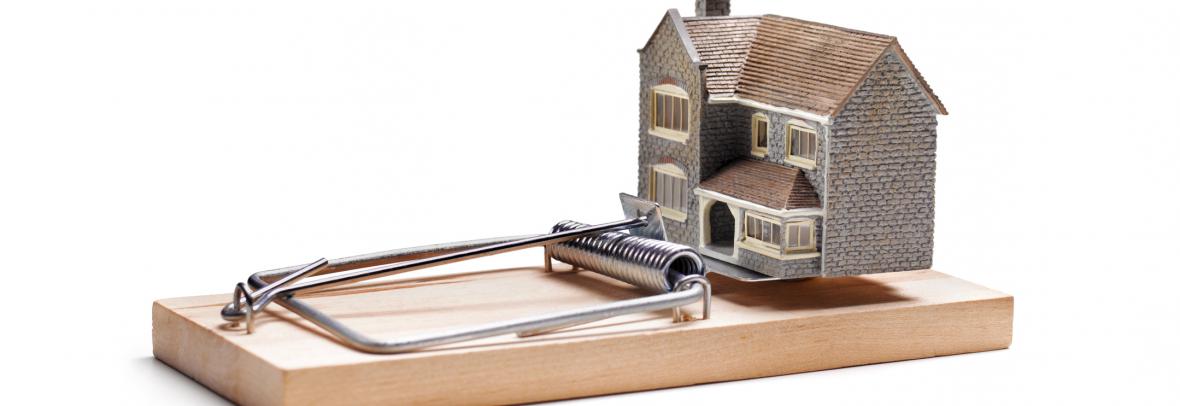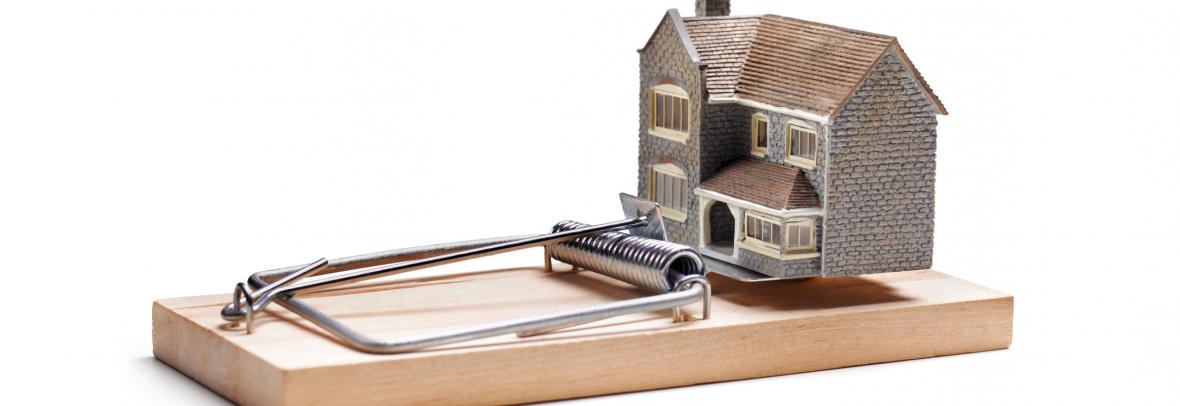
While experts don’t expect a recession-style foreclosure surge, the numbers should keep rising as the U.S. housing economy returns to “normal.”
SARASOTA, Fla. – Experts say that a 2008-style housing crash is unlikely to happen now, if only because lending standards are much tighter than they were prior to the Great Recession. Still, foreclosures are starting to tick upward.
ATTOM, a property data firm, says that in May, there were fewer than 31,000 houses nationwide with foreclosure filings – that is, houses with default notices, houses scheduled for the auction block or ones already repossessed by lenders. That’s up a scant 1% from April – but it’s 185% more than in May last year.
And while the share of borrowers at any stage of delinquency was at an all-time low in the first quarter, CoreLogic reports that more than a third of delinquent mortgages are six or more months past due.
Fortunately, if you are among those borrowers who cannot make their payments, there are plenty of options available: from obtaining permission from your lender to miss a few payments until you get back on your feet to selling your place before the gavel slams down.
But you have to move quickly. Waiting too long could cost you, especially since housing values may soon start to recede in some spots. Even if you think your financial problem will only last a few months, don’t hesitate.
Your first step is to call the loan servicer: the company that collects your payments, pays your taxes and insurance, and otherwise administers your mortgage. Depending on your situation, the servicer can offer you several choices. Each case is different, but usually you’ll be given one of four options:
- Temporarily suspend or reduce your monthly mortgage payments for a specified period of time until you believe you’ll be able to start paying again.
- Pay any past-due amount by adding a percentage of it to your regular payment over a specified period until your mortgage becomes current.
- Defer past-due amounts to the end of your loan term and keep your monthly principal and interest payment the same.
- Change your original loan terms, perhaps the payment amount, the loan term or even the interest rates.
Each of these alternatives has its benefits, but all allow you to remain in your home and avoid foreclosure. However, you still have to qualify. If the servicer determines there’s just no way you can dig out, no help will be forthcoming.
Another choice would be to refinance. But with loan rates blasting through the 6% level recently, that alternative is basically off the table. According to data firm Black Knight, refinancing currently makes sense for fewer than 500,000 homeowners nationwide – the lowest number in more than two decades.
All is not lost, though, because at this point, you can still sell your house – perhaps even at a profit, depending on when you bought the place. Two key points here:
- House prices aren’t falling yet, but they also aren’t increasing at the breakneck speed of the recent past. Some anxious sellers are cutting their asking prices, but for the most part, they’re eating into their appreciation – not dropping below what they originally paid for their places.
- Of course, if you just recently bought your house, there probably hasn’t been a lot of appreciation, and you have less paper profit to dig into.
Which takes us to the next point: Foreclosure is not an event; it’s a process. Depending on where you live, it could take a few months for the sheriff to knock on your door – or even years. That alone gives you a little more breathing room.
You can sell during the foreclosure process, right up to the point when the judge’s gavel slams down, but it’s far better to do so before the process starts. Whatever you do, don’t leak the fact that you are having trouble making your payments. Be honest with your agent, to be sure, but otherwise, keep the situation under your hat. If a would-be buyer gets wind, they’re likely to assume you’re desperate and lowball their offer.
If you manage to sell at a profit, you simply pay your lender what you owe, pocket the rest and move on. But if you sell at a loss and cannot pay your lender in full with the proceeds, you’ll have to persuade the lender to approve what’s known officially as a pre-foreclosure sale.
Gaining the servicer’s blessing for a short sale can sometimes take weeks, if not months. You have to prove you have a long-term hardship; that you have been unable to sell at a price that would cover what you owe; that you are in, or about to go into, foreclosure; and that you can no longer afford to live there. You also will have to fill out what may seem like mountains of paperwork.
If your lender agrees to your short sale, you land a buyer and the sale closes, the proceeds will go to the servicer and you will be issued a deficiency waiver that relieves you of your responsibility for any remaining balance.
Your credit score will suffer. But otherwise, you will be free to move on.
© Copyright, 2022, Sarasota Herald-Tribune, All Rights Reserved. Lew Sichelman is a regular contributor to numerous shelter magazines and housing and housing-finance industry publications.
Go to Source
Author: kerrys



